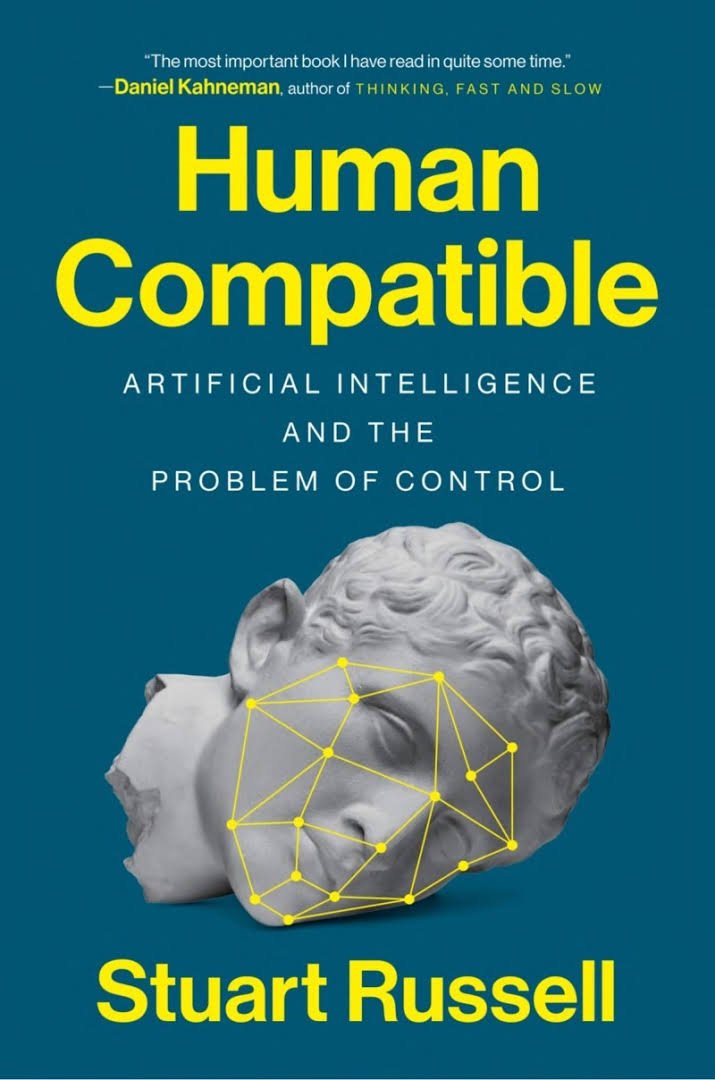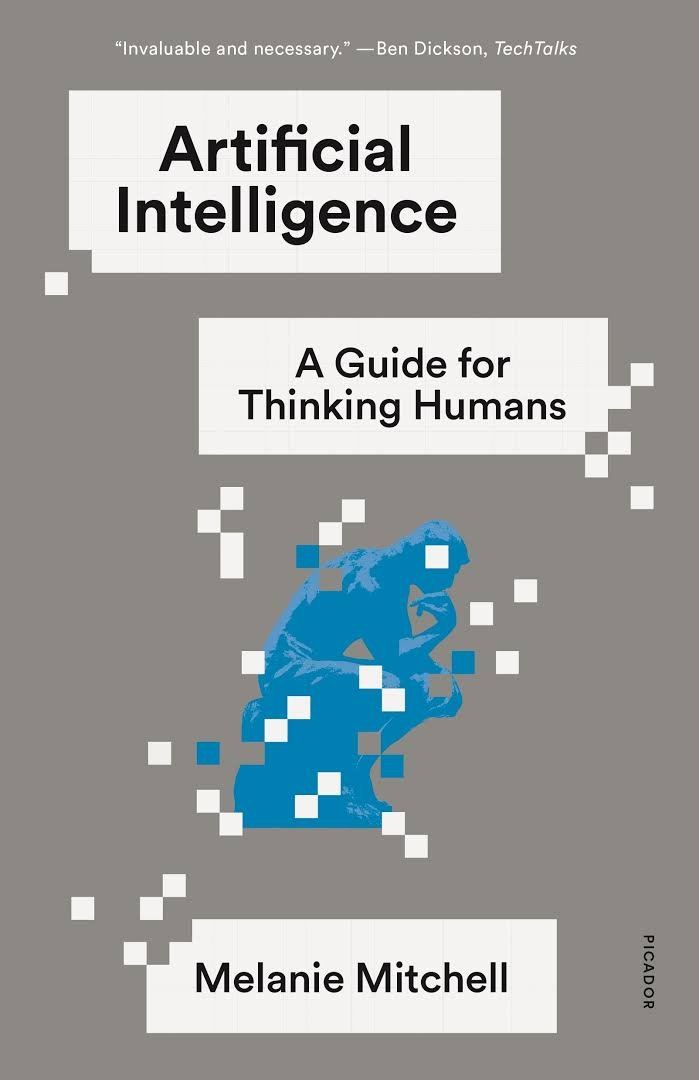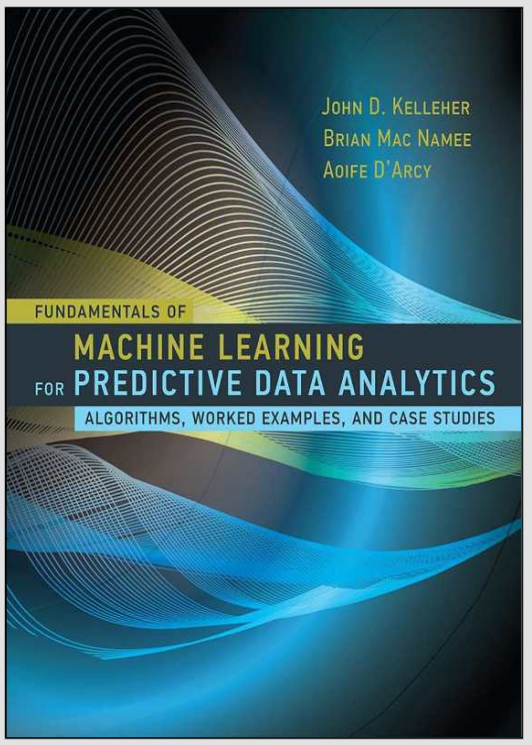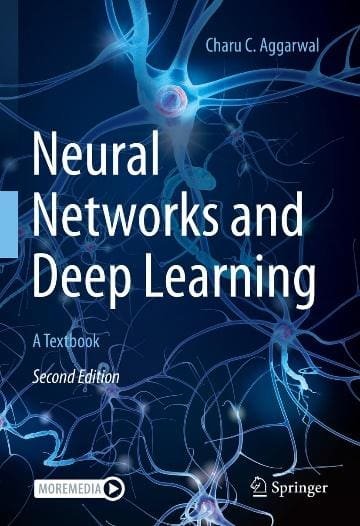
Cloud-based remote sensing with Google Earth Engine
Private Book Reader
Upload and read your personal PDF books in our secure reader
Read Your Private BookShort Audio Book Summary
Cloud-based remote sensing with Google Earth Engine Summary
0:00 / 0:00Reviews
No review yet. Be the first to review this book!
Description
Cloud-based remote sensing with Google Earth Engine (GEE) offers a powerful platform for analyzing and processing large-scale geospatial datasets using Google's infrastructure. Here's an overview of how GEE is used for remote sensing applications: 1. **Access to Geospatial Data**: Google Earth Engine provides access to a vast repository of satellite imagery and other geospatial datasets, including Landsat, Sentinel, MODIS, and more. These datasets are preprocessed, calibrated, and available for analysis in the cloud without the need to download or manage large volumes of data locally. 2. **Image Processing and Analysis**: GEE offers a wide range of tools and algorithms for processing and analyzing remote sensing data. Users can perform tasks such as image compositing, masking, spectral indices calculation (e.g., NDVI, NDWI), change detection, and classification directly in the cloud using JavaScript or Python API. 3. **Custom Algorithms and Workflows**: Users can develop custom algorithms and workflows using GEE's scripting capabilities. The platform supports both JavaScript and Python APIs, allowing users to write code to manipulate and analyze geospatial data efficiently. This enables the development of custom processing chains tailored to specific research or application needs. 4. **Scalability and Performance**: GEE leverages Google's cloud infrastructure to provide scalable and high-performance processing capabilities. Users can analyze large datasets spanning extensive spatial and temporal extents, taking advantage of distributed computing resources to achieve fast and efficient processing. 5. **Integration with Earth Observation Data**: GEE integrates with various Earth observation data sources, including satellite imagery, climate data, weather data, and terrain data. This allows users to combine different types of data to gain insights into environmental changes, monitor land cover dynamics, assess vegetation health, and study other Earth system processes. 6. **Application Areas**: GEE is used across a wide range of application areas, including agriculture, forestry, land cover mapping, biodiversity monitoring, water resource management, urban planning, disaster monitoring, and climate change research. Researchers, scientists, governments, NGOs, and businesses leverage GEE's capabilities to address diverse challenges related to environmental monitoring and management. 7. **Education and Training**: GEE provides educational resources, tutorials, and training materials to help users learn how to use the platform effectively. This includes documentation, code examples, interactive tutorials, and online courses covering various aspects of remote sensing and geospatial analysis with GEE. In summary, Google Earth Engine offers a powerful and accessible platform for cloud-based remote sensing, enabling users to analyze, process, and visualize large-scale geospatial datasets for a wide range of applications. Its scalability, performance, and extensive dataset collection make it a valuable tool for researchers, practitioners, and policymakers working in the field of Earth observation and environmental science.


 May 03, 2025
May 03, 2025


 Apr 30, 2025
Apr 30, 2025
















.jpeg)
.jpeg)








.jpeg)




.jpg)







.jpg)


.jpg)

.jpg)




.png)














.jpg)


.jpg)
.jpeg)


.jpg)



.jpeg)




.jpg)





































